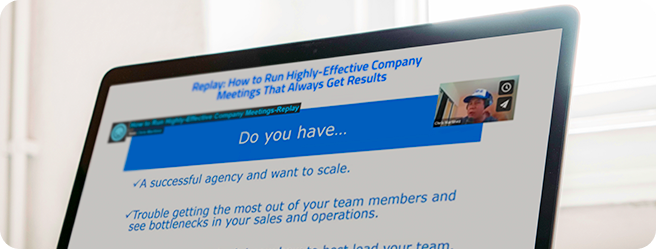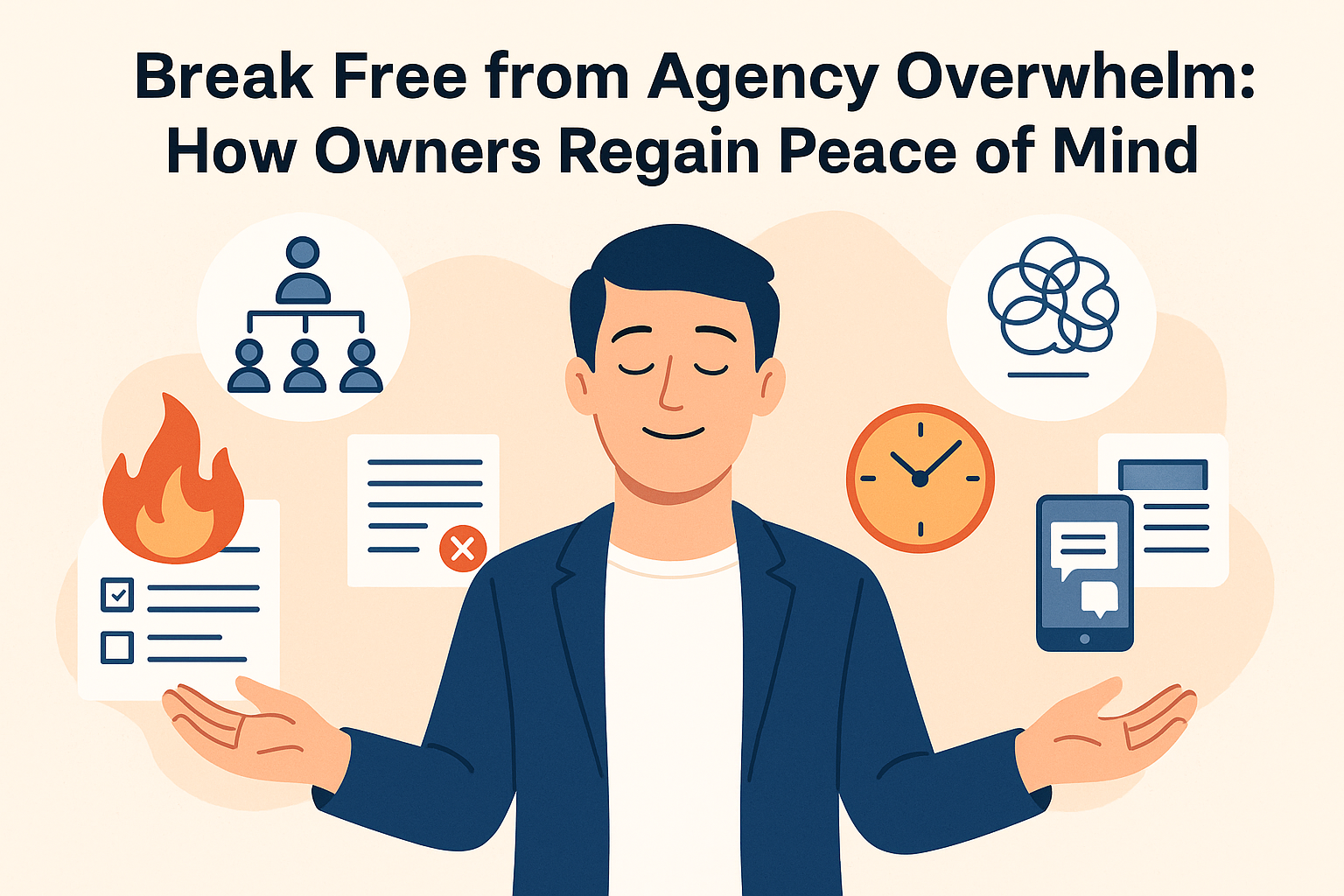You cannot scale chaos, yet most agency owners repeatedly try to do precisely that, drowning in inefficiencies and leaving predictable growth frustratingly out of reach.
Let’s talk straight—you started your agency dreaming of flexibility, steady client wins, and scalable profits, but reality hit hard. Maybe you’re stuck in the cycle of chasing clients each month or reinventing processes for every campaign. If this resonates, you’ve bypassed the #1 rule: scalability requires simplicity, precision, and repeatability.
That’s why we’re giving you an exact, day-by-day blueprint for the next 30 days that will strip away confusion and build a streamlined business model ready for rapid growth. Follow this guide, commit relentlessly, and in one month you’ll have a systemized machine primed to scale.
Week 1: Assess and Streamline Your Service Offerings (Day 1-7)
Day 1-2
Audit your current services deeply. Which offerings make the most profit and are easiest to repeat without custom effort every time? Ruthlessly identify areas creating constant headaches or low ROI, and eliminate them immediately. A simplified service portfolio directly reduces chaos and frees your team’s brainpower.
Day 3-4
Create standardized productized packages from your most profitable services. Clearly define each step, required materials, timelines, and pricing. Your goal is replicability. Look at trailblazers like Design Pickle or WP Curve—these agencies exploded their growth by systemizing one clear, scalable offer.
Day 5-7
Document these packaged services into clear SOPs. Anyone on your team should effortlessly deliver without asking countless questions each time.
Mistake Alert:
Avoid the error of maintaining services that require constant customization. Customized experiences sound nice in theory but greatly hinder scalability. Simplicity wins every time.
Week 2: Automate for Efficiency (Day 8-14)
Days 8-9
Identify repetitive, manual tasks wasting your team’s hours: follow-up emails, onboarding steps, invoicing, or client check-ins. Tools like Zapier or ActiveCampaign can instantly alleviate this burden.
Days 10-11
Fully automate your client onboarding journey. Your standardized packages need standardized experiences. Tools like HubSpot or ClickUp allow streams of automatic communication and tasks delegated instantly.
Days 12-14
Integrate suitable automation across every client touchpoint you control—including project tracking, invoicing, reporting, and client feedback collection. Every minute saved compounds into significantly increased capacity for revenue drivers.
Winning Insight:
Automation isn’t about laziness—it’s about focus. Your team’s brainpower belongs in strategy and growth initiatives, never on tedious tasks software should handle.
Week 3: Client Acquisition Scalability (Day 15-21)
Days 15-17
Evaluate and clearly define your ideal client avatar. The tighter your niche targeting, the simpler and more scalable your client acquisition process becomes.
Days 18-19
Map standardized lead generation funnels. Example: Offer a valuable lead magnet—such as a practical audit or checklist—hosted on optimized landing pages built in software like Clickfunnels or Leadpages. Funnel all leads through simple nurturing emails leading directly into seamless booking calls.
Days 20-21
Establish standardized sales scripts and pre-sales materials. Your sales and onboarding processes must be consistent—every client should experience a repeatable journey from stranger to happy paying customer.
Avoidable Mistake:
Chasing shiny new marketing channels every month burns time and budget. Commit initially to one tested acquisition channel, make it perfectly repeatable and optimized, then scale horizontally.
Week 4: Recruit and Delegate for Scalability (Day 22-28)
Days 22-24
Assess skill gaps clearly emerging since your standardized processes and new automation improvements. Identify precisely where to invest in upskilling current talent or hiring new specialists.
Days 25-26
Train team leaders with clarity on the new SOPs. Delegate tasks immediately. Your agency success depends on empowering leaders, not micro-managing staff.
Days 27-28
Leverage virtual assistants or freelance experts for non-core operational tasks—such as email inbox monitoring, scheduling, or repetitive reporting—allowing your in-house team laser-like focus on income-generating activities.
Key Insight:
Hiring mistakes start from unclear expectations. Set exact outcomes and accountabilities from day one for every task delegated; watch the productivity skyrocket.
Week 5: Monitor, Measure and Optimize (Day 29-30)
Days 29-30
Implement a clear dashboard on simple reporting tools like Databox or Cyfe to track key growth metrics—total leads, sales conversions, profitability margins, client retention rates, and employee productivity. Commit to a weekly check-in cadence.
Practical Advice:
Track religiously but keep the view uncluttered—simplified dashboards accelerate data-driven decisions.
The Actionable, No-BS Challenge:
Never forget scalability demands commitment. Starting today, apply these steps relentlessly. Promise yourself: no distractions, no excuses, just clear, planned action. In one month from now, you’ll have transformed chaos into predictable clarity and scalable growth capability.
Implement this today, scale faster tomorrow—your future wins await.


